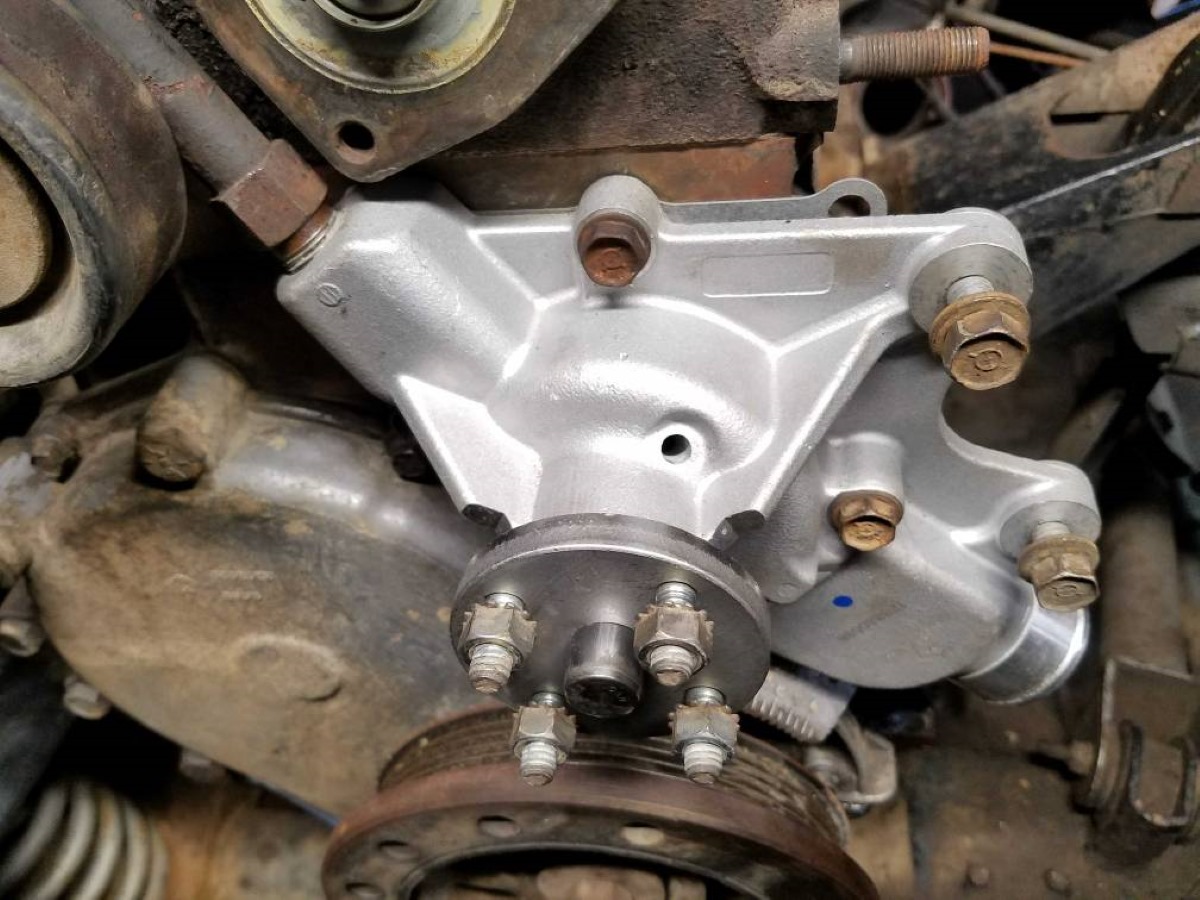

Articles
What Is The Weep Hole On A Water Pump For
Modified: May 6, 2024
Learn about the purpose of weep holes on water pumps with informative articles. Understand why they are important for proper functioning.
(Many of the links in this article redirect to a specific reviewed product. Your purchase of these products through affiliate links helps to generate commission for Storables.com, at no extra cost. Learn more)
Introduction
When it comes to understanding the inner workings of a water pump, one term that often pops up is “weep hole.” But what exactly is a weep hole, and why is it important? In this article, we will delve into the world of water pumps and unravel the mystery behind the purpose and function of the weep hole.
A weep hole is a small opening that is intentionally designed in many water pumps. It serves a crucial role in maintaining the longevity and efficiency of the pump. By allowing water to escape, it helps prevent damage caused by pressure build-up or potential leaks.
While it may seem like a minor detail, understanding the importance of weep holes can make a significant difference in the lifespan of your water pump. So let’s dive deeper into the world of weep holes and explore their purpose and significance.
Key Takeaways:
- Weep holes in water pumps prevent pressure build-up, detect leaks, and safeguard the engine. Regular maintenance and early detection of issues can prolong the pump’s lifespan and prevent costly repairs.
- Understanding the purpose and function of weep holes is crucial for maintaining water pump efficiency. By monitoring signs of malfunction and following maintenance practices, you can ensure optimal performance and longevity.
Read more: What Are Weep Holes In Brick For
The Purpose of Weep Holes
Weep holes in water pumps serve a crucial purpose – they prevent pressure build-up and potential damage. Water pumps are designed to circulate coolant or water through the engine to regulate its temperature and prevent overheating. However, over time, the pump may experience wear and tear, leading to leaks or pressure build-up.
When a water pump operates, it creates pressure within the system. If the pressure becomes too high, it can cause damage to the pump itself or other components of the engine. This is where weep holes come into play. They act as an escape valve for excess water or pressure, ensuring the system operates smoothly and efficiently.
Moreover, weep holes also play a role in preventing leaks. Over time, the internal seals and gaskets of a water pump can deteriorate, leading to potential water leakage. Weep holes provide an avenue for any leaked water to escape, signaling a problem before it becomes severe.
In essence, the purpose of weep holes in water pumps is two-fold: to prevent pressure build-up that can damage the pump or other engine components, and to allow any leaked water to escape, indicating a potential issue that needs to be addressed.
Without weep holes, problems such as overheating, pump failure, and engine damage could occur. So, it’s vital to understand their function and importance to ensure the proper functioning and longevity of your water pump.
The Location of Weep Holes on Water Pumps
Now that we understand the purpose of weep holes in water pumps, let’s discuss their location. Weep holes are typically positioned strategically on the pump housing to maximize their effectiveness in identifying and alleviating pressure or leakage issues.
The exact location of weep holes may vary depending on the design and model of the water pump, but there are a few common placements to look out for. One common location is near the shaft or bearing housing of the pump. This is where the mechanical seal is located, and any leaks or pressure build-up would likely occur in this area.
On some water pumps, you may find weep holes located on the side or bottom of the pump housing. These openings are strategically placed to allow any excess water or pressure to escape, effectively preventing damage to the pump or engine.
It’s important to note that not all water pumps have weep holes. Some newer models may have alternative mechanisms in place to address pressure and leakage issues. If you’re unsure whether your water pump has a weep hole or alternative system, it’s best to consult the manufacturer’s guidelines or seek advice from a professional mechanic.
When inspecting a water pump for weep holes, it’s important to keep in mind that they may be small and discreet. They are designed to release water or pressure but not to create a constant flow or spray. Therefore, you may need to closely examine the pump housing to locate the weep hole.
Knowing the correct location of the weep hole on your water pump is essential, as it allows you to monitor any potential issues and take necessary action to prevent further damage or malfunction.
Preventing Water Pump Damage with Weep Holes
Weep holes play a crucial role in preventing water pump damage. By allowing pressure to escape and detecting leaks, they help maintain the efficiency and longevity of the pump. Here are some ways weep holes help safeguard your water pump:
1. Pressure Relief: Weep holes act as a safety valve to release excessive pressure within the pump. As water circulates through the system, it generates pressure. If this pressure builds up and exceeds the pump’s capacity, it can lead to damage. Weep holes provide an outlet for the excess pressure, preventing strain on the pump and other components.
2. Leak Detection: As water pumps age, the internal seals and gaskets may deteriorate, leading to leaks. Weep holes serve as a useful indicator of leaks by allowing escaping water to be visible outside the pump. If you spot water dripping or pooling near the weep hole, it’s a sign that the pump may have a leakage issue that needs to be addressed.
3. Early Warning System: By monitoring the weep hole, you can detect and address potential pump problems before they escalate. Regularly inspecting the weep hole and observing any changes in water flow or leaks can help you identify issues early on, allowing for timely repairs or necessary maintenance.
4. Protection against Water Contamination: Weep holes aid in preventing water contamination within the pump. If water is trapped inside the pump due to a faulty seal or other issues, it can lead to corrosion and damage. By providing an escape route, weep holes ensure that excess water does not accumulate and cause potential harm to the pump.
5. Maintaining Pump Efficiency: By relieving pressure and preventing leaks, weep holes help in maintaining the overall efficiency of the water pump. An optimally functioning pump delivers the necessary coolant or water to the engine, keeping it cool and preventing overheating. With weep holes in place, the pump can operate smoothly and effectively without unnecessary strain.
6. Saving Repair Costs: By proactively using weep holes to identify and address pump issues, you can save on costly repairs. Early detection of leaks or pressure problems allows for timely intervention, reducing the risk of severe damage that might require extensive repair or even pump replacement.
Remember, while weep holes are instrumental in preventing water pump damage, regular maintenance and inspections are equally important. Make it a routine to check the weep hole, along with other parts of the pump, to ensure proper functionality and address any issues promptly.
The weep hole on a water pump is designed to allow any excess water or coolant to escape, preventing it from leaking into the pump bearings and causing damage. It’s important to regularly check the weep hole for any signs of leakage and address any issues promptly.
Signs of a Malfunctioning Weep Hole
While weep holes are designed to prevent water pump damage, it’s essential to be aware of signs that indicate a malfunctioning weep hole. Identifying these signs early on can help you address any issues with your water pump and prevent further damage. Here are some common signs of a malfunctioning weep hole:
1. Water Leakage: If you notice water leaking from the weep hole, it could indicate a problem. While a small amount of moisture around the weep hole is normal, if water is continuously dripping or forming a puddle, it suggests a malfunctioning weep hole or a larger issue with the pump seals or gaskets.
2. Excessive Vibration: A properly functioning weep hole helps maintain the balance and smooth operation of the water pump. If you experience excessive vibrations while the pump is running, it could be a sign of a weep hole blockage or misalignment. This issue can lead to reduced pump efficiency and potential damage if not addressed promptly.
3. Overheating: The weep hole plays a crucial role in maintaining the proper functioning of the water pump to regulate engine temperature. If your engine is consistently overheating, it may be an indication of a malfunctioning weep hole. Inadequate pressure relief can prevent the coolant from circulating effectively, resulting in overheating and potential engine damage.
4. Unusual Noises: A malfunctioning weep hole may cause unusual noises, such as squealing or grinding sounds, coming from the water pump. These noises could be an indication of internal damage to the pump or issues with the weep hole, such as blockage or misalignment.
5. Decreased Coolant Flow: A malfunctioning weep hole can impede the flow of coolant or water through the pump. If you notice a decrease in coolant flow or reduced water circulation, it may be a sign that the weep hole is not functioning properly. This can result in inadequate cooling for the engine, leading to overheating and potential damage.
6. Visible Signs of Damage: Inspecting the weep hole regularly is essential. If you observe any visible signs of damage, such as cracks or excessive rust around the weep hole, it indicates a problem that needs to be addressed. Damaged weep holes can compromise the proper functioning of the pump and lead to water leaks or pressure build-up.
If you notice any of these signs, it’s important to have your water pump inspected by a qualified mechanic or service professional. They can diagnose the issue accurately and recommend the necessary repairs or replacement of the weep hole or other components, ensuring the optimal performance of your water pump.
Read more: What Is A Water Pump
How to Maintain Weep Holes on Water Pumps
Maintaining the weep holes on water pumps is crucial for ensuring their proper functioning and preventing potential damage. Here are some essential tips to help you maintain the weep holes effectively:
1. Regular Inspection: Make it a habit to inspect the weep holes on your water pump periodically. Look for any signs of blockage, debris, or buildup around the opening. If you notice any issues, clean the weep hole using a small brush or compressed air to remove any obstructions.
2. Cleanliness: Keep the area around the weep hole clean and free from dirt, debris, and other contaminants. This will ensure unobstructed water flow and prevent the risk of clogging or damage to the weep hole.
3. Lubrication: Apply a small amount of lubricant to the weep hole periodically. This will help maintain its smooth operation and prevent rust or corrosion that could affect the effectiveness of the weep hole.
4. Proper Sealing: Ensure that the weep hole is properly sealed and free from any leaks. If you notice water leaking from the weep hole, it may indicate a problem with the seals or gaskets that need to be addressed promptly.
5. Professional Maintenance: It is recommended to have your water pump inspected and serviced by a professional mechanic regularly. They can perform a thorough check of the weep holes and other components, ensuring proper functioning and detecting any potential issues before they escalate.
6. Follow Manufacturer’s Guidelines: Always refer to the manufacturer’s guidelines and recommendations for maintaining the weep holes and overall care of your water pump. They may provide specific instructions or suggest additional maintenance steps based on the model and design of your pump.
7. Replace Worn Components: If you notice any signs of wear or damage to the weep hole or other parts of the water pump, it’s crucial to replace them promptly. Worn components can compromise the performance and effectiveness of the weep hole, leading to potential issues with the pump.
By following these maintenance practices, you can ensure the optimal performance and longevity of the weep holes on your water pump. Regular inspection, cleaning, lubrication, and professional maintenance will help keep the weep holes clear and functioning correctly, preventing potential damage and ensuring your water pump operates smoothly.
Conclusion
In conclusion, weep holes are a vital component of water pumps that serve to prevent pressure build-up and detect potential leaks. By allowing excess water and pressure to escape, weep holes help maintain the efficiency and longevity of the pump, protecting it from damage and safeguarding the engine.
Understanding the purpose and function of weep holes is crucial for proper maintenance and early detection of any issues. Regular inspection of the weep holes, cleaning, and lubrication are essential maintenance practices that can help ensure their optimal performance.
By paying attention to signs of a malfunctioning weep hole, such as water leakage, excessive vibration, or overheating, you can take timely action to address any problems and prevent further damage to your water pump and engine.
Remember to consult the manufacturer’s guidelines for specific maintenance recommendations and seek professional assistance when needed. Regular servicing by a qualified mechanic will help ensure that the weep holes and other components of your water pump are functioning correctly.
Maintaining the weep holes on your water pump is a small but crucial task that can significantly impact its performance and lifespan. By giving due attention to these small openings, you’ll be able to prevent potential damage, save on repair costs, and keep your water pump running smoothly for years to come.
So, make it a priority to properly maintain and care for the weep holes on your water pump, and enjoy optimal performance and peace of mind knowing that your engine is well-protected.
Curious about other essential safety measures beyond water pump maintenance? Diving into why construction safety matters can offer vital insights into protecting workers and enhancing workplace protocols. Safety measures in construction zones aren't just about compliance; they're about creating a secure environment where every team member can perform at their best without risking injury. Discover the key practices that keep job sites safe and why prioritizing these precautions benefits everyone involved.
Frequently Asked Questions about What Is The Weep Hole On A Water Pump For
Was this page helpful?
At Storables.com, we guarantee accurate and reliable information. Our content, validated by Expert Board Contributors, is crafted following stringent Editorial Policies. We're committed to providing you with well-researched, expert-backed insights for all your informational needs.
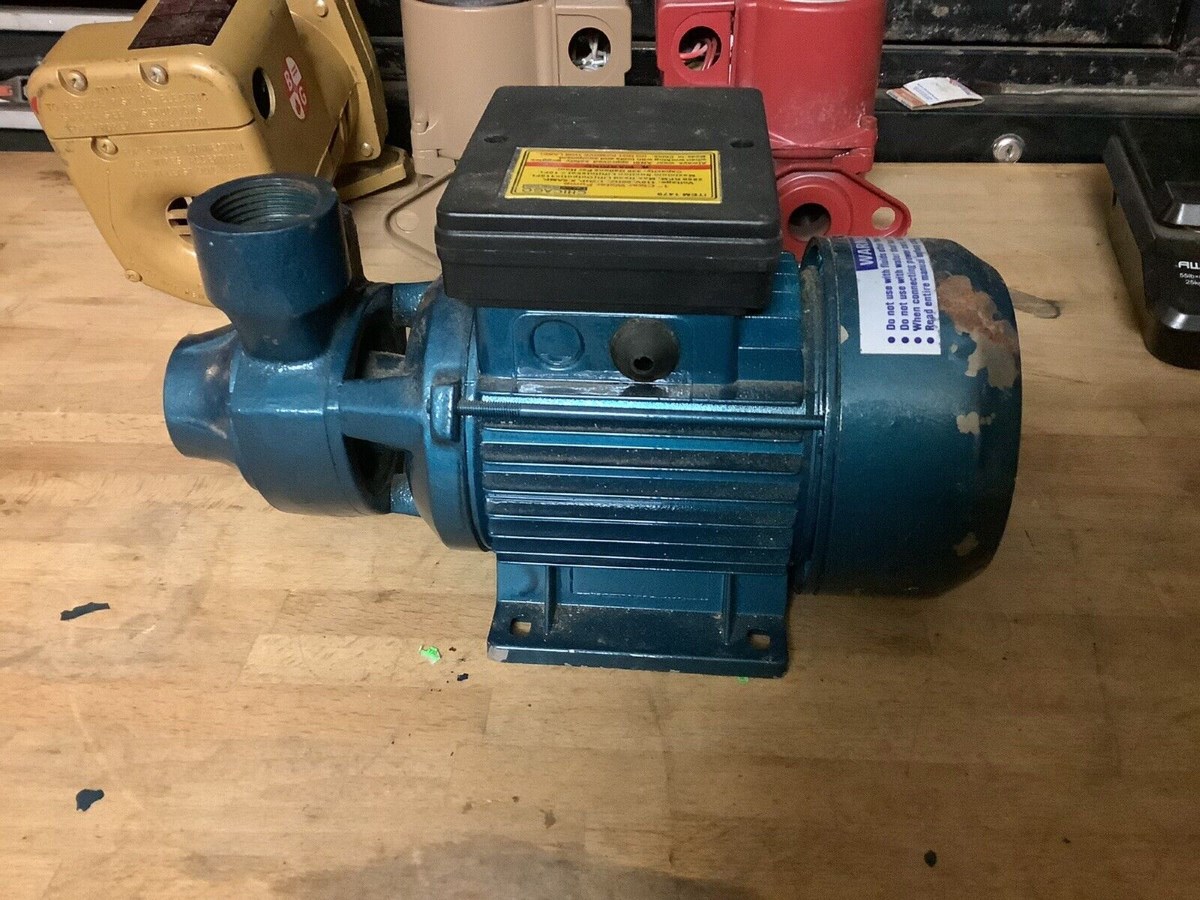
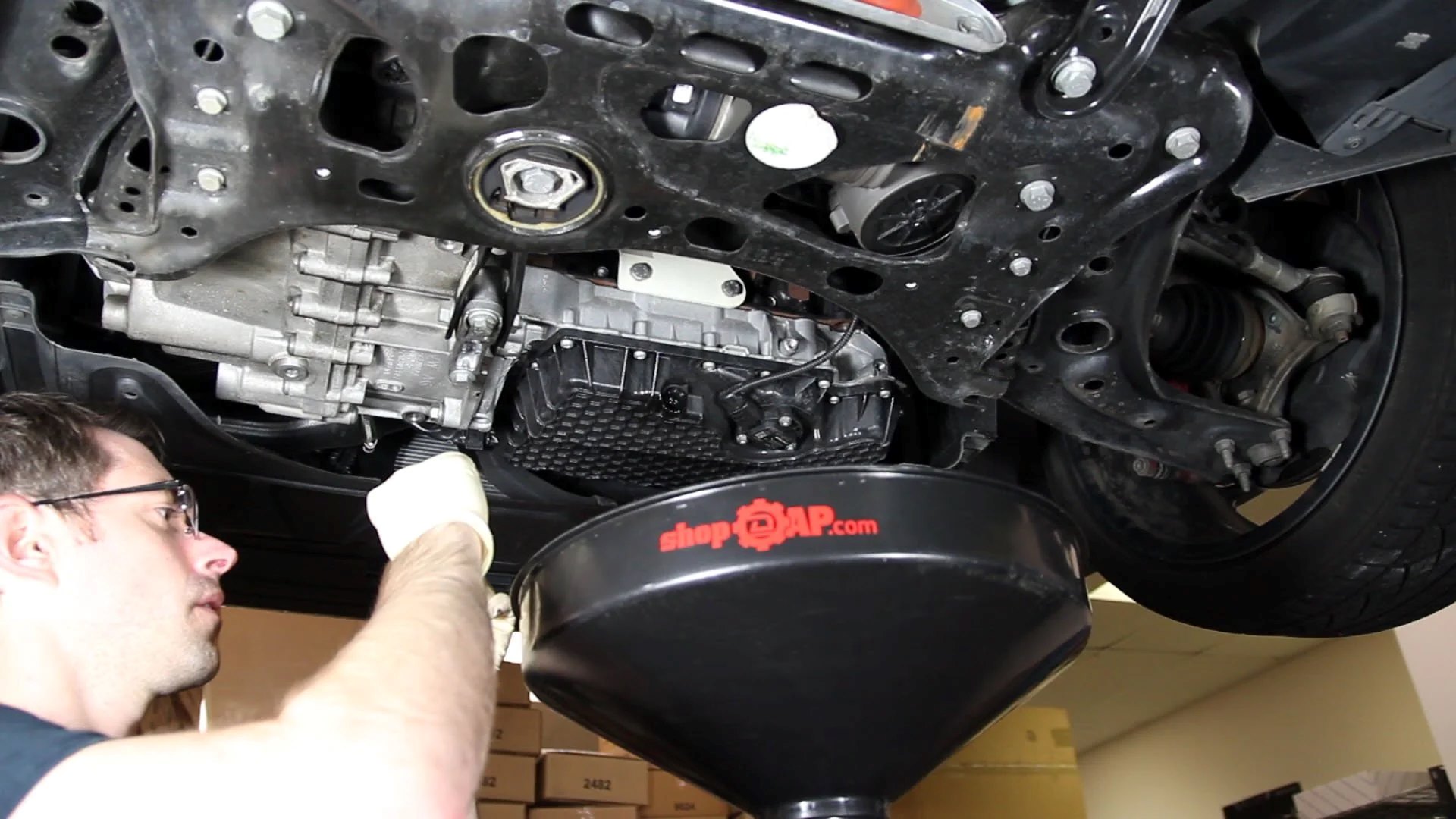
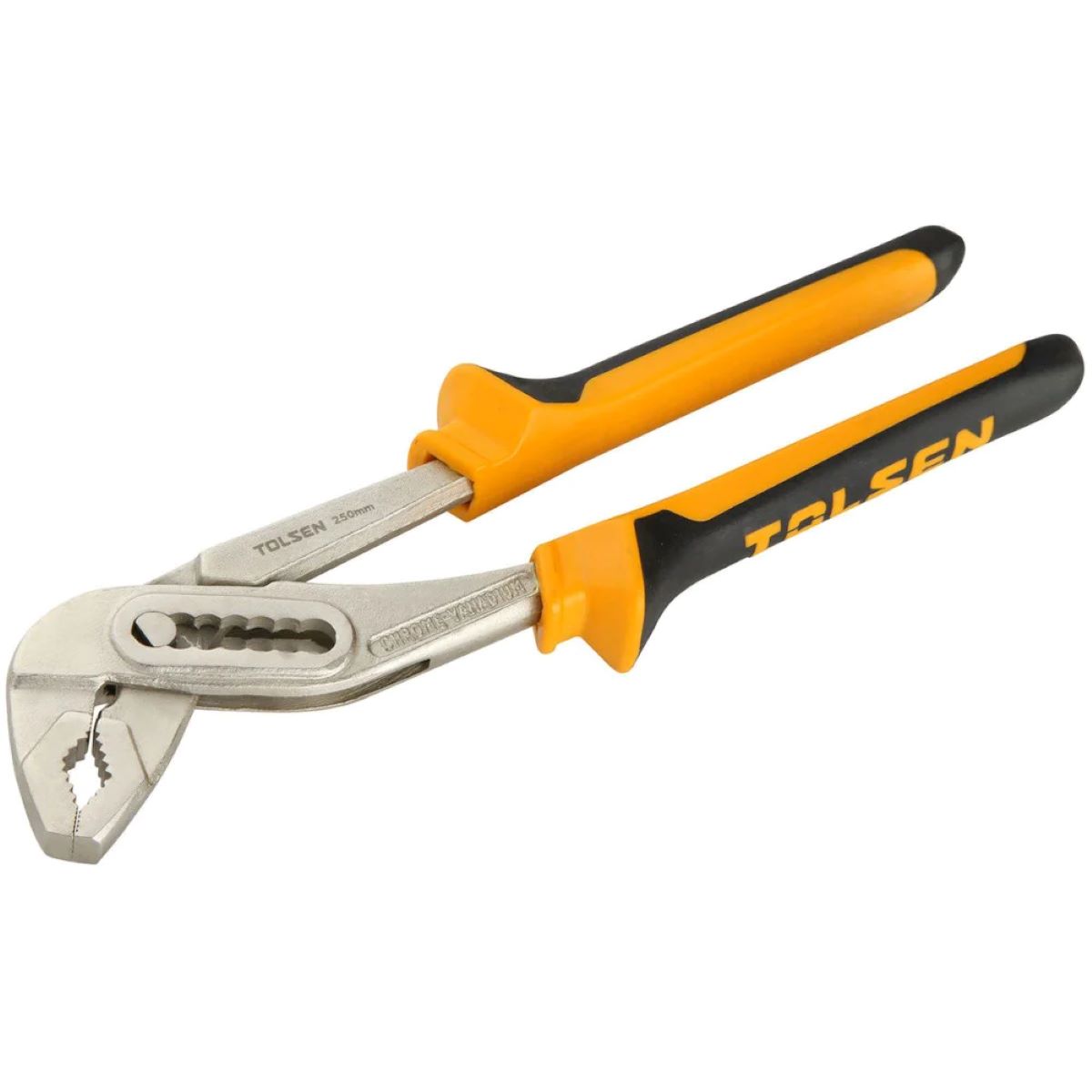
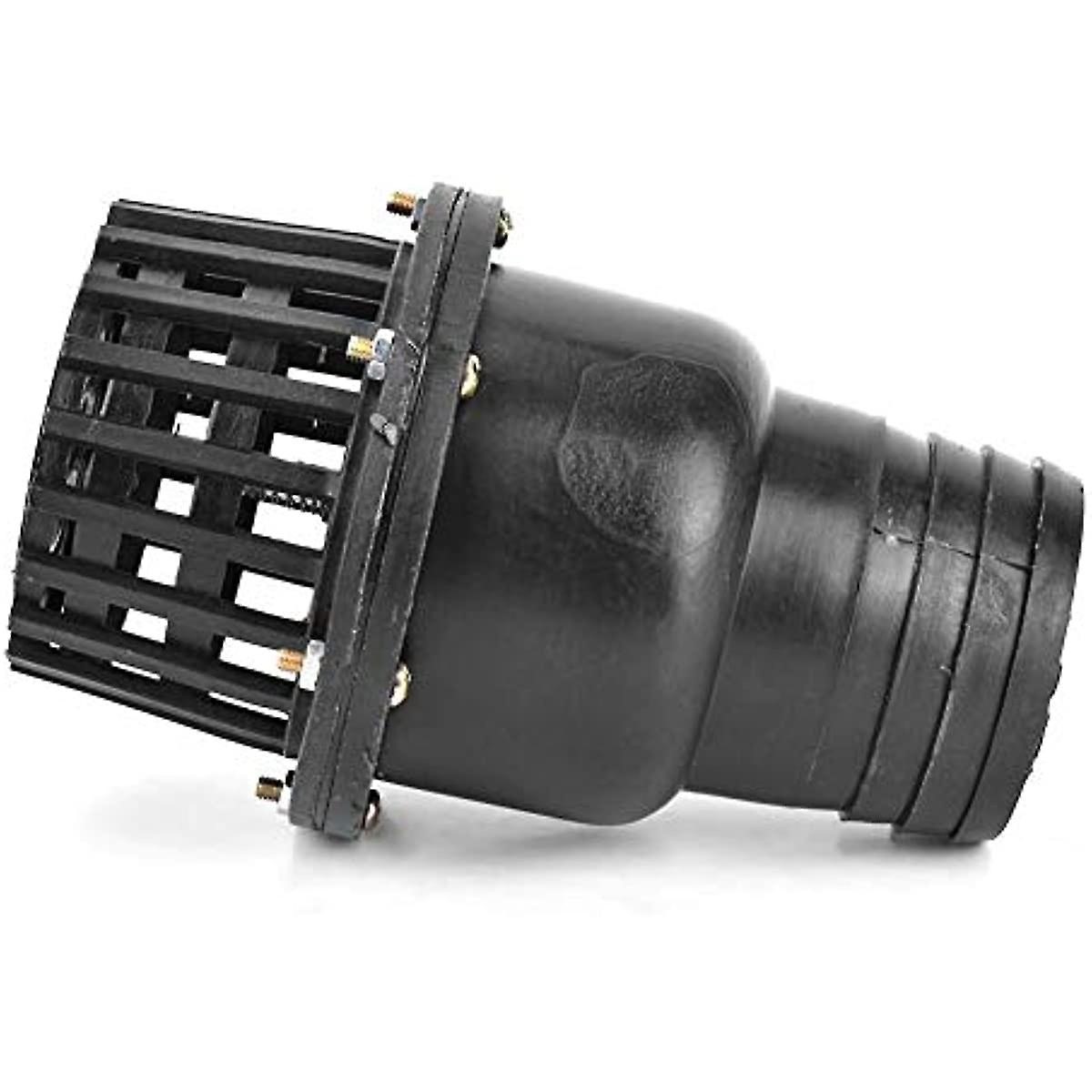
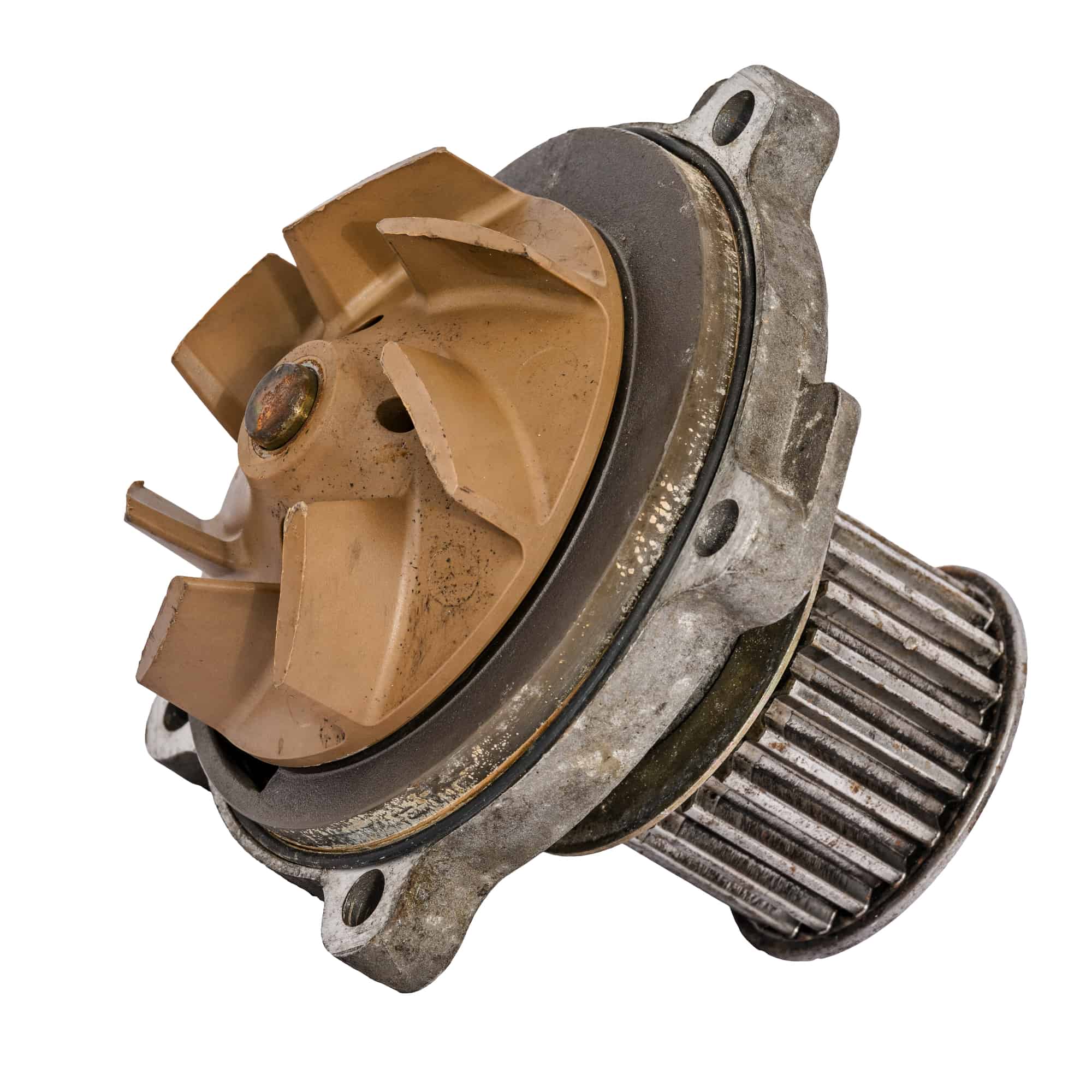
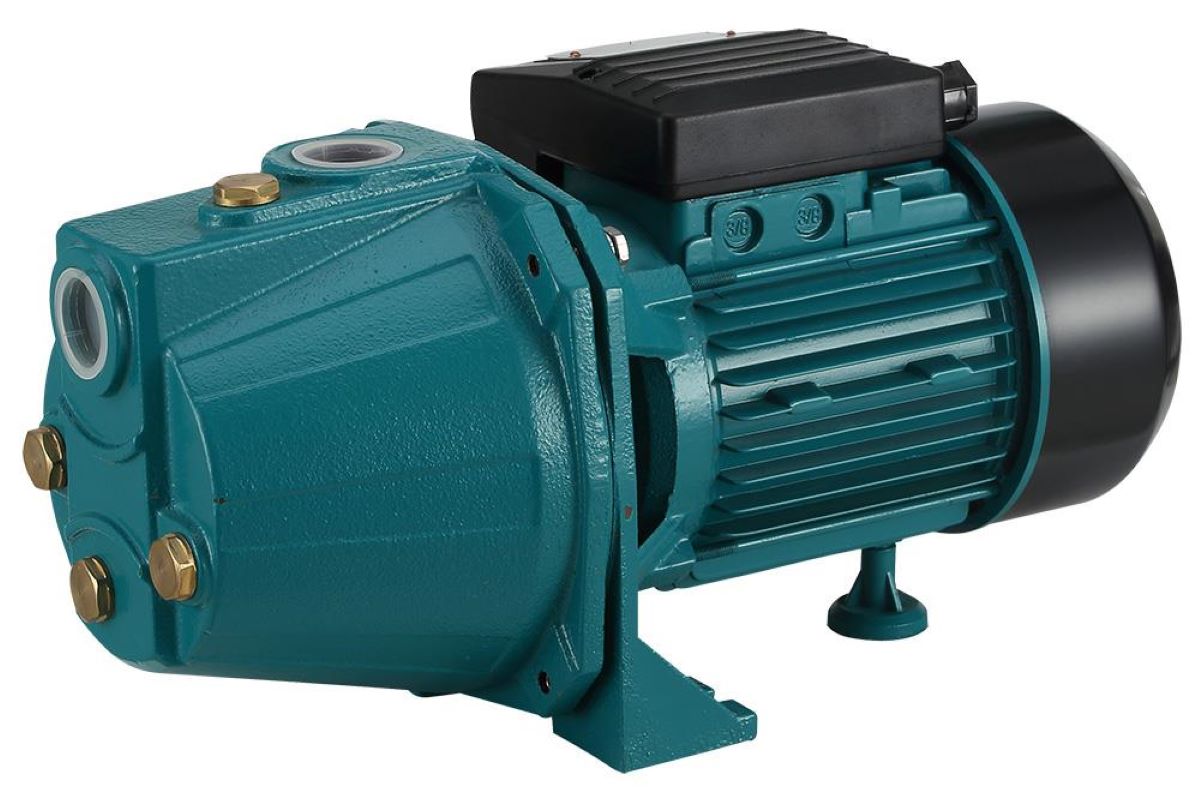
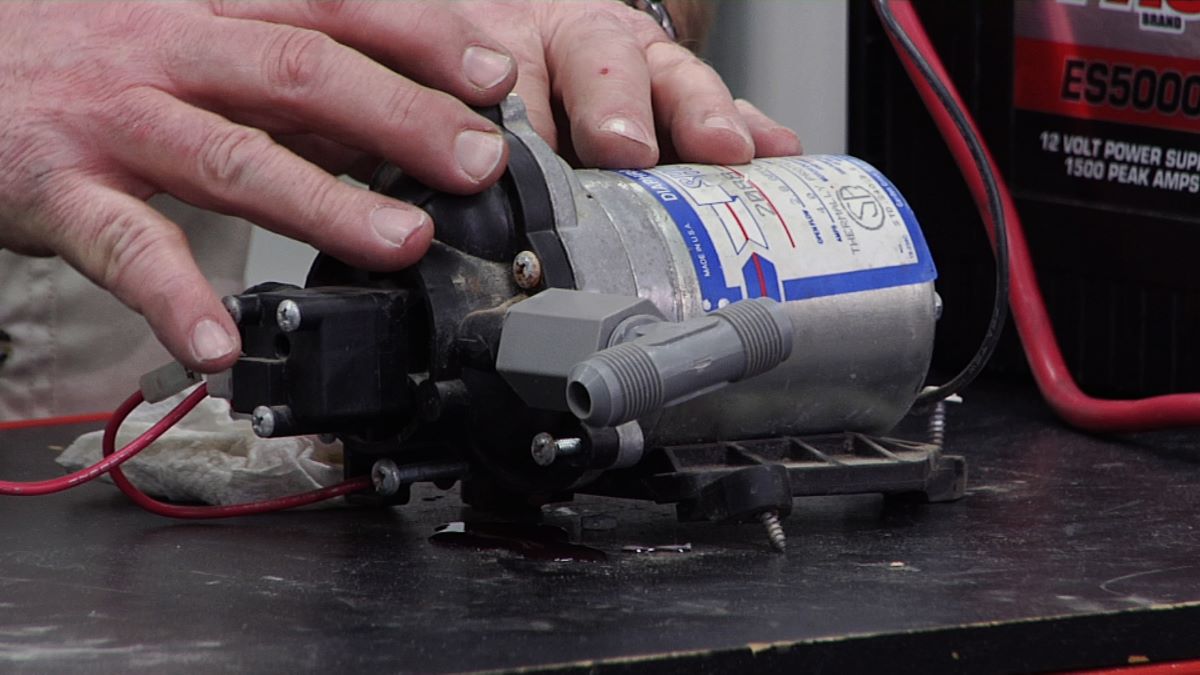
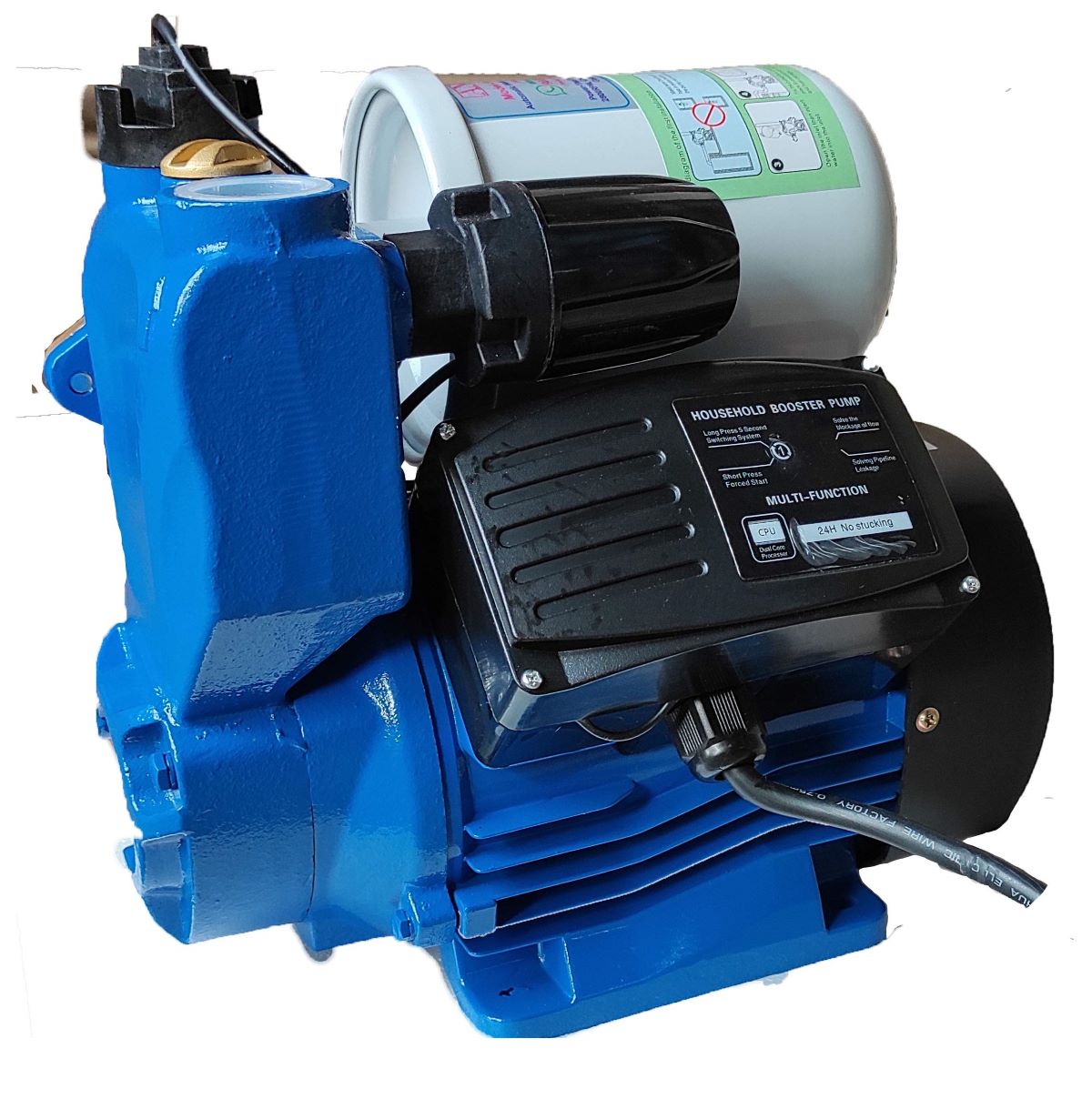
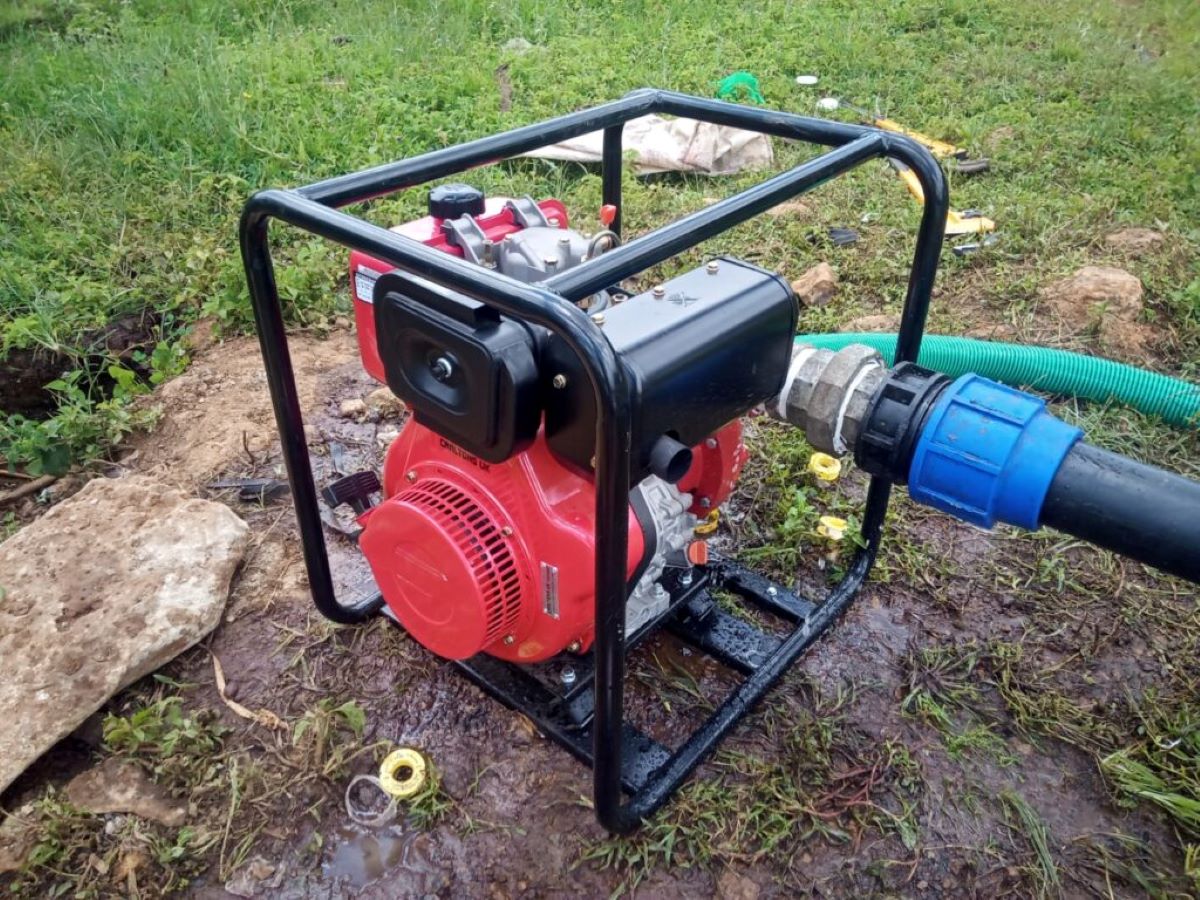
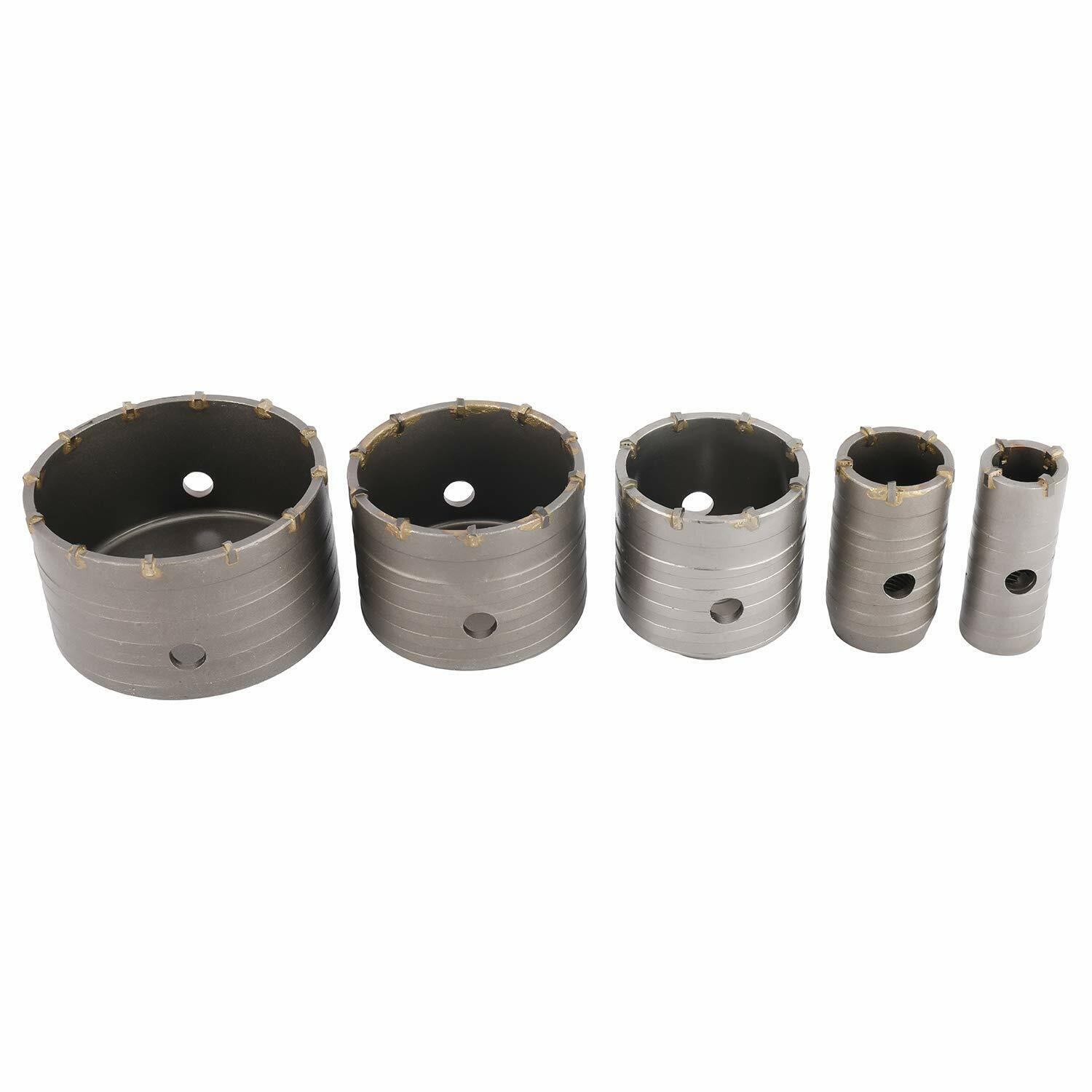
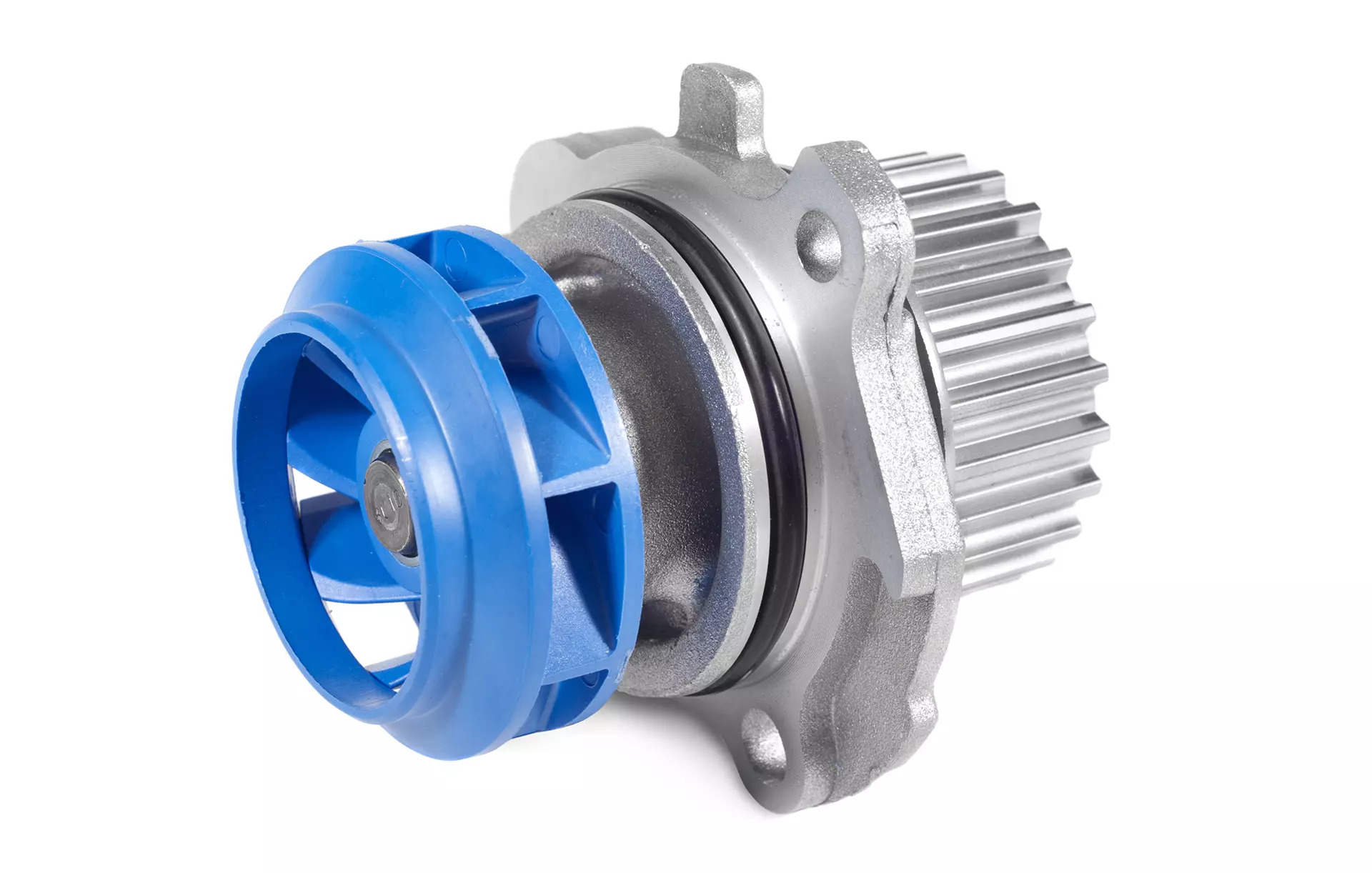
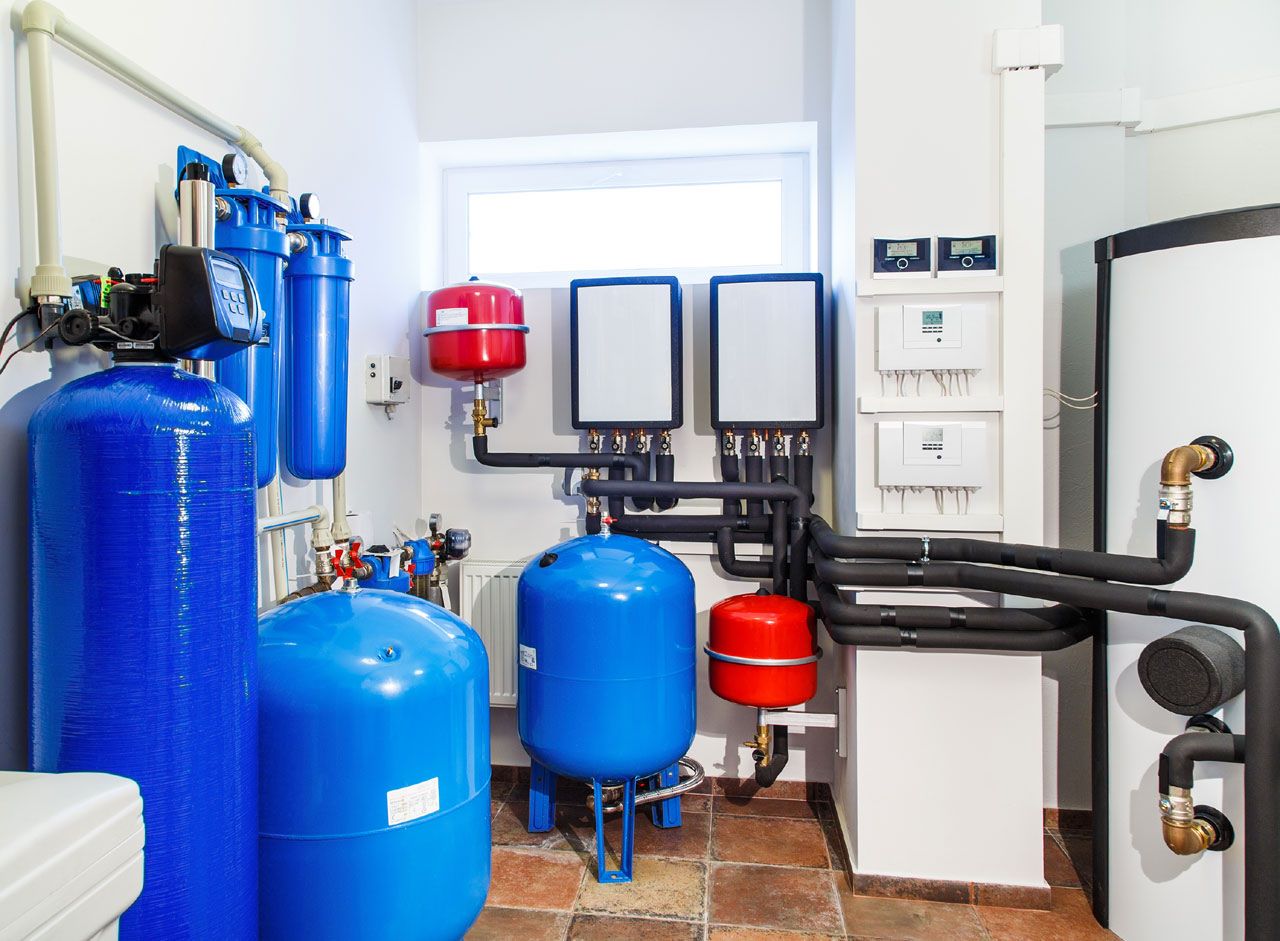
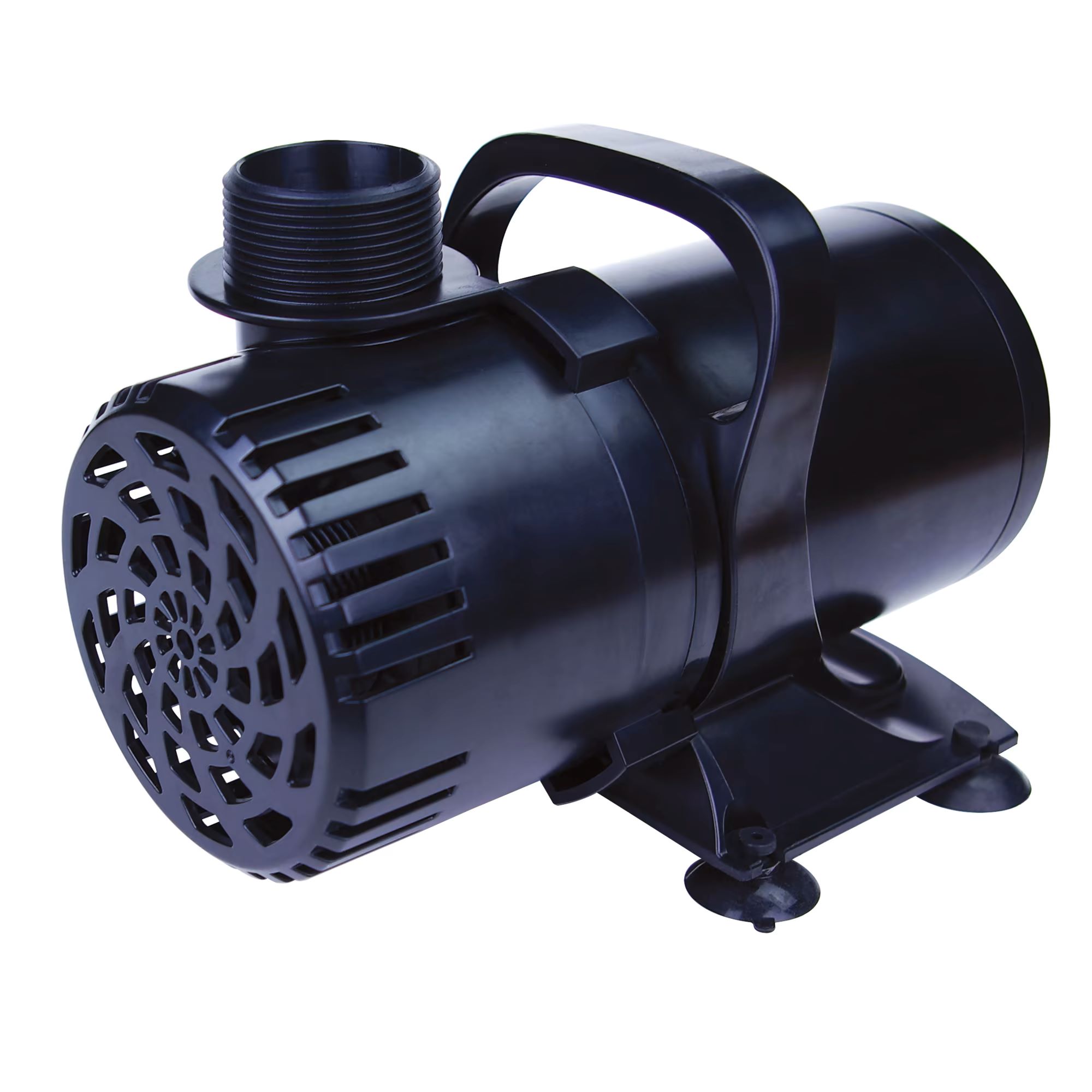
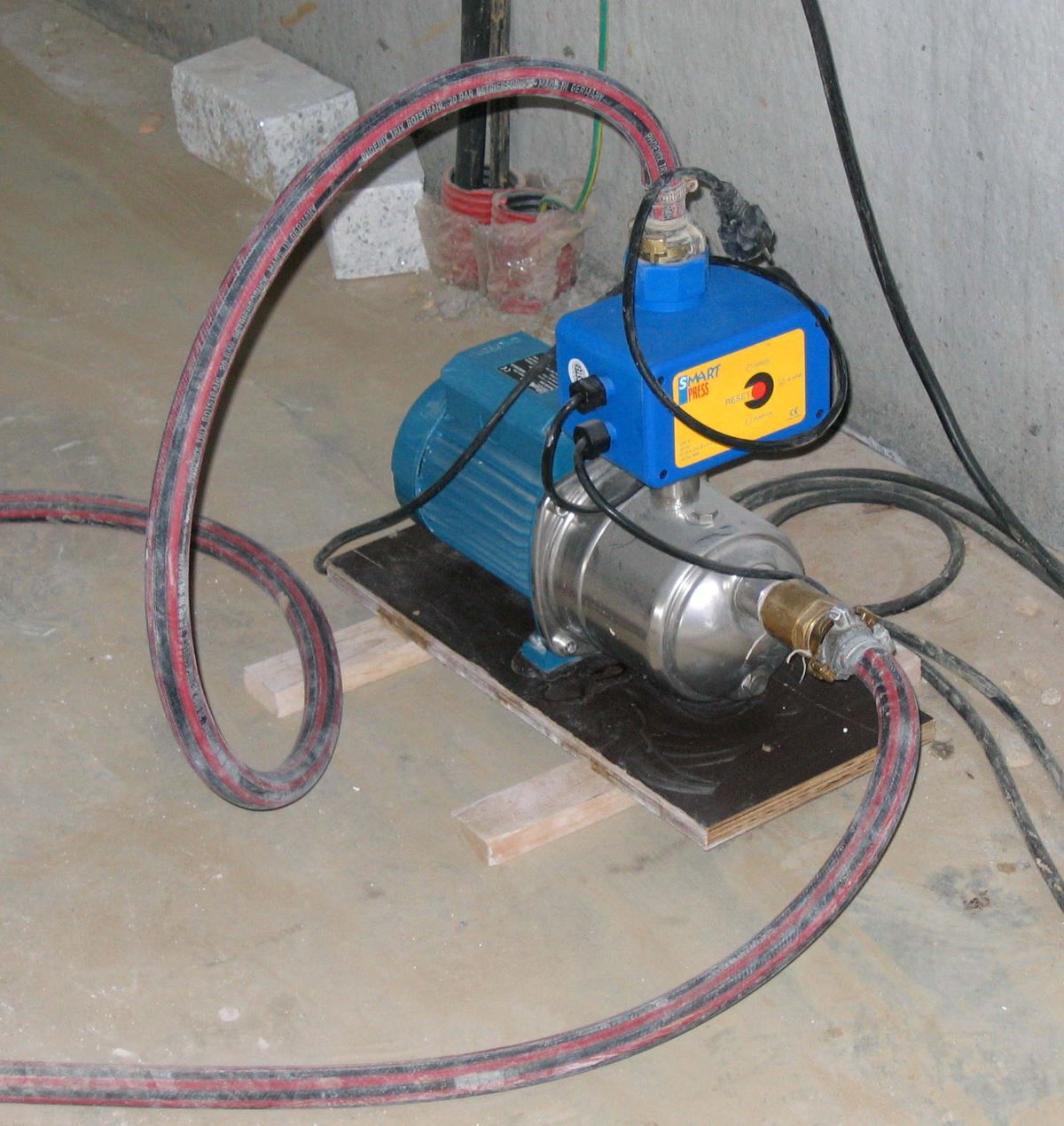

0 thoughts on “What Is The Weep Hole On A Water Pump For”